At which age does sharing become a socially appropriate behavior and how can you encourage your children to share? First, let’s look at what a child has to learn in order to share a toy. Next, we’ll explore ways to set the stage for sharing as you watch your child grow into the next play stage.
Young parents, especially first-timers, may get upset when they see that their two-year-old wants to keep his toys to himself. What is the appropriate recourse when your young daughter cries and grabs at another’s belonging? At which age does sharing become a socially appropriate behavior and how can you encourage your children to share?
First, let’s look at what a child has to learn in order to share a toy. Next, we’ll explore ways to set the stage for sharing as you watch your child grow into the next play stage. Most of all imagine what it is like…
Your toddler just woke up from her nap, and off both of you go to get the much-needed groceries for the evening’s dinner. You have your list, your child is cooperative, and you zip through the store with organized efficiency and a smile. This trip is easy and fun. Suddenly, a store clerk taps you on the shoulder and asks for you to share your cart, right this minute… your time is up…
Two and Three Year Olds
Your two and three year-olds will be much involved with their [tag-self]toys[/tag-self]. Their play is their work and important learning, like your efficient shopping was your mission. As you might be upset by the tap on the shoulder from the store clerk, so will your child when her concentration and enjoyment are disrupted by a parent’s “sharing” expectation.
Children of two and three years are not expected to share and actually have to learn several points before they can.
1. Pride of ownership: As children explore their toys and find their favorite matchbox car, stuffed animal, huggable blanket or favorite doll, an attachment grows. That they “own” something like a toy is a source of esteem, and that is when you can teach care-taking of possessions – where toys live and how to treat toys.
2. With the concept of ownership comes respect for a child’s choice to share or not share his toys with another. Naturally empathic children may tend to share normally. Other children require that you respect their ability to “own” a toy and do with it as he desires. This ownership and respect for choice lets children know that they can control aspects of their environment. Choice-making that is respected helps them respect others.
Learning to Share Through Playing
You’ll observe in the sequences of learning to play with another child that a child’s awareness depends upon the presence of peers in a child’s world, whether in play groups, nursery school, or [tag-tec]preschool[/tag-tec] settings. These are the sequences of behaviors that toddlers grow through in order to learn social skills like sharing, observed and recorded by researcher Mildred Parten.
1, Solitary play looks like a child playing quietly by herself and able to observe other children playing.
2. Parallel play means that a child can play next to another, even with similar materials, and one child won’t try to interfere or influence the other one.
Two and three year old children will spend time when “owning” and enjoying their toys or activities in solitary and parallel play. During this time, they are becoming aware of other [tag-ice]children[/tag-ice] and defining boundaries.
If you have toddlers and children through three years of age, small play groups are a way to encourage the development of social skills. If each child brings their own toys and can place them in their own space, the boundaries are defined for you to watch how peers learn to share with each other. Your role as parent is to ask the right questions and model the appropriate answers. Here are two brief examples.
Child one wants child two’s toy:
“Child Two, can child one play with your toy?” If “yes,” then help child two hand the toy over with praise about good choices. If “no” then explain to child two that child one owns the toy and his decision was no, and there is more for you to explore over here, and then redirect the child’s attention.
Child one and two want the same blocks:
Ask, “Is there a way for both of you to have some blocks? Show me how to do this.” Sit down and wait for them to work through their own solutions.
Biography
Dr. Caron B. Goode is the founder of the Academy for Coaching Parents International, a training and certification program for parent coaches. In addition to duties with the academy, Dr. Goode is the founding editor of the website InspiredParenting.net, and the author of eleven books, the most recent of which is Help Kids Cope with Stress & Trauma, which includes several chapters on he use of storytelling strategies. For more information on The Academy for Coaching Parents International or to sign up for academy announcements, visit www.acpi.biz .
Dr. Caron B. Goode is the founder of the Academy for Coaching Parents International, a training and certification program for parent coaches. In addition to duties with the academy, Dr. Goode is the founding editor of the website InspiredParenting.net, and the author of eleven books, the most recent of which is Help Kids Cope with Stress & Trauma, which includes several chapters on he use of storytelling strategies. For more information on The Academy for Coaching Parents International or to sign up for academy announcements, visit www.acpi.biz .
No part of this article may be copied or reproduced in any form without the express permission of More4Kids Inc © 2006


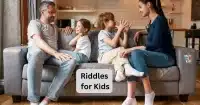
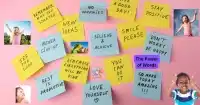
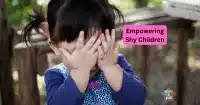
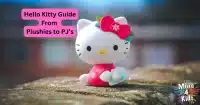

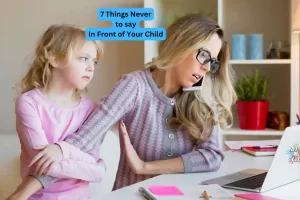
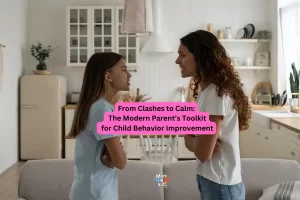
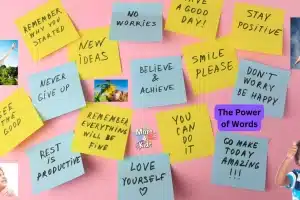
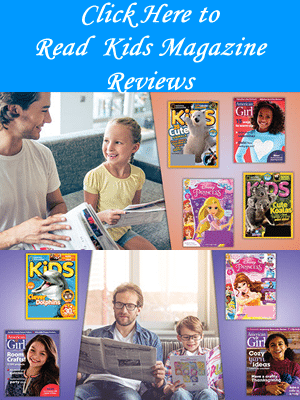
We have definitely been through that whole “It’s mine” phase. I just ask her how she would feel if someone didn’t want to share with her. It usually does the trick!
It was one of the most freeing moments of parenting a toddler when a speaker at our mom’s group said that our two-year olds shouldn’t be punished or highly pressured to share because they really weren’t at that stage of development yet. Always good to have the information that helps us to parent our best!
I watched my daughter-in-law teach here 7 month old to share his sock by sitting in a circle with him, his dad, his mom and me. She asked him if he would share his sock and held out her hand, then she handed it off to the dad, who gave it to me, who in turn gave it back to the baby. He laughed and enjoyed the game. We have continued to do this with him, incorporating other children, as his circle of friends has expanded. He has figured out the even if he gives his favorite item away, it will eventually come back.